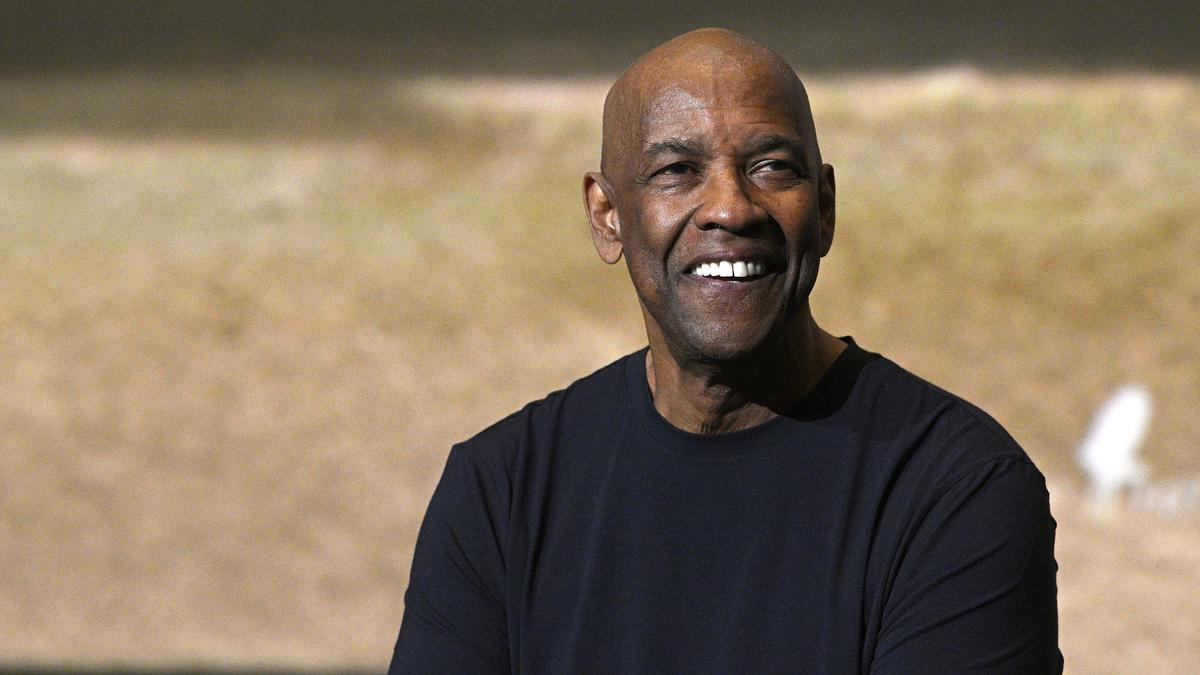
The Indian entertainment industry has yet again been caught in the whirlwind of advanced technological mischief, following a viral video of the Bollywood A-lister Ranveer Singh purportedly endorsing a political party. In the face of this controversy, Singh has swiftly taken to social media, cautioning his avid followers in his usual flamboyant manner. “Deepfake se bacho dostonnnn,” the actor warned, which loosely translates to “Beware of deepfakes, friends.”
The manipulated video included snippets from Singh’s recent excursion to Varanasi but featured a voiceover that projected the actor as a supporter of a particular political agenda – a representation that the actor has categorically denied. The synthetic media posed as an authentic address by Singh, stating, “This is Modiji’s purpose. He intended to celebrate our sad lives, our fear, our unemployment and inflation. Because our India is now heading towards a time of injustice at such a pace… so we should never stop demanding our development and justice – this is why we must think and vote.” The message, principally designed to manipulate public opinion ahead of the 2024 Lok Sabha elections, drew significant attention and pointed to emerging security concerns relating to AI-generated content.
This recent episode follows closely behind another incident involving Bollywood’s Aamir Khan, who was similarly caught up in a deepfake debacle. Such fabrications have become increasingly sophisticated, prompting celebrities and public figures to be more vigilant about the media that bears their likeness.
Peripherally related yet distanced from political discourse, Ranveer Singh and fellow actress Kriti Sanon made headlines during their visit to the sacred city for different, more fashionable reasons. They were the stars of esteemed designer Manish Malhotra’s fashion show, paying homage to the “Banarasi Saree – A Tapestry of Indian Culture and Craftsmen” at Varanasi’s revered Namo Ghat.
Malhotra, no stranger to grandeur, enraptured the audience with a display rooted in tradition, resonating with the mantra ‘Vocal for Local’ and ‘Local for Global’. Exemplifying poise, Singh donned an exquisitely crafted deep purple Banarasi Shikargah sherwani, whilst Sanon graced the event in a regal red Banarasi silk lehenga, an ensemble akin to bridal finery. The fashion showcase celebrated the intricate work of local artisans and the commitment of the Indian craft tradition, reinforcing India’s footprint in the tapestry of global textile heritage.
The event, blessed by spiritual undercurrents due to the stars’ earlier visit to the Vishwanath temple and their articulations of their spiritual journey, became an inadvertent backdrop to the pernicious deepfake controversy. The deepfake phenomenon – a portmanteau of “deep learning” and “fake” – represents a form of synthetic media where a person’s likeness is convincingly altered, leading to potential misinformation and character defamation. It is a stark reminder of the double-edged nature of evolving digital technologies.
Singh’s agile response to the deepfake illustrates the growing need for public literacy on the genuineness of digital content. As these artificial intelligence tools become more accessible, the likelihood of their misuse escalates, making it paramount for audiences to distinguish fact from falsified fiction.
As the incident unraveled, Manish Malhotra shared a captivating reel from the much-talked-about fashion show, a composition of various scenes presenting Sanon and Singh in full splendor, woven with the shimmering fabrics of their Banarasi attire. Celebrating the local craftsmanship, and perhaps inadvertently drawing a sharp contrast between the country’s genuine artistic beauty and the deceptive underbelly of deepfake technology.
While the incident is a sharp reminder of the challenges posed by deepfakes, Singh’s alert to his fans underscores a call to action for greater vigilance in an age where seeing should not always be believing. It brings forth questions of security, privacy, and the ethics surrounding the creation and dissemination of AI-generated media. As the lines between reality and artificial replication continue to blur, the responsibility lies equally with the public and the tech community to ensure that truth prevails in the digital realm.










